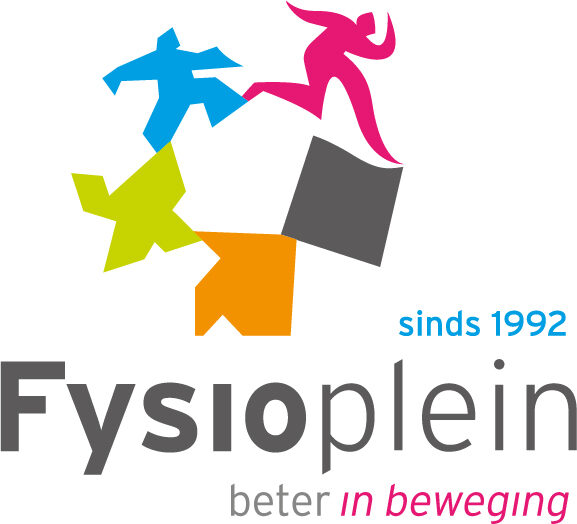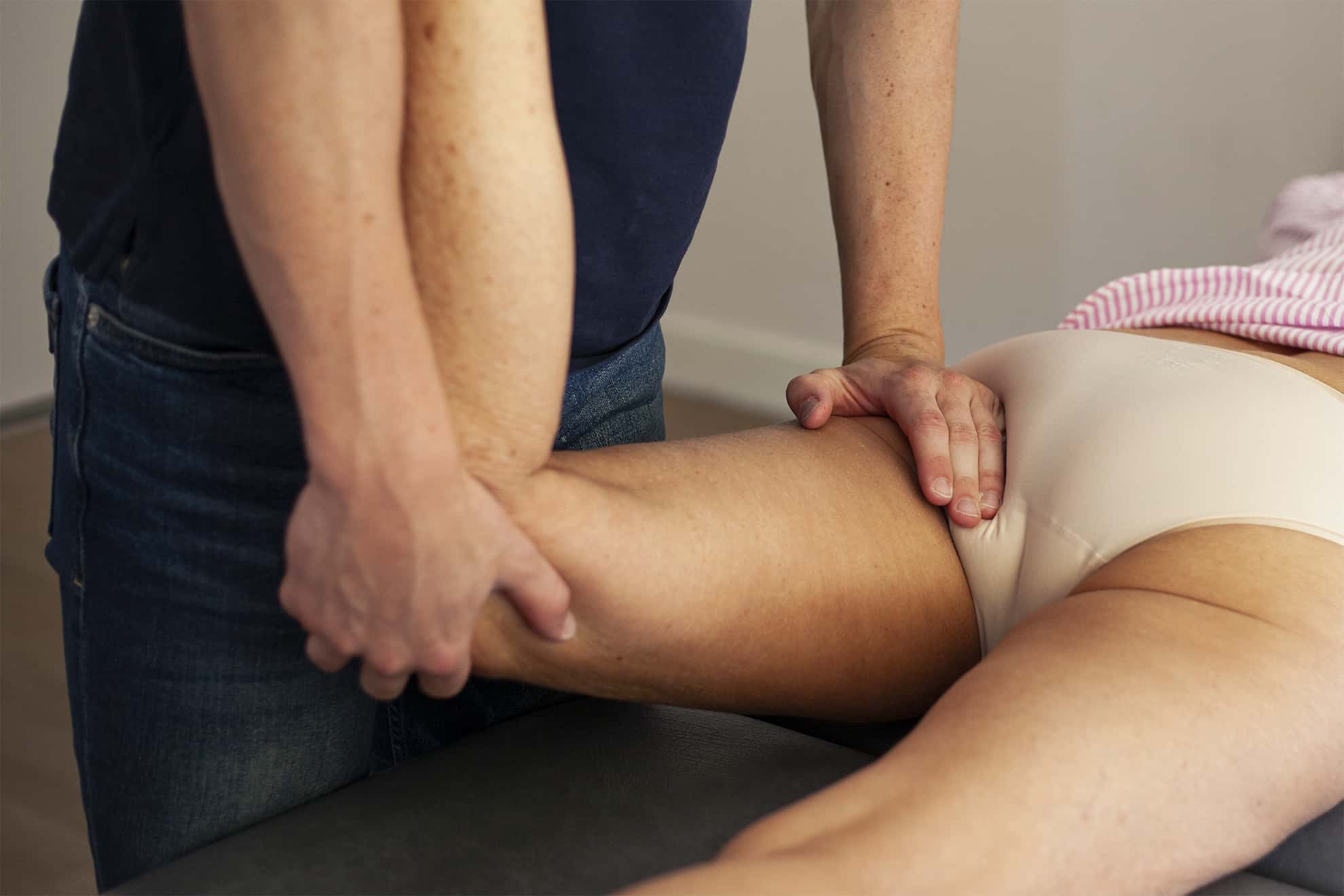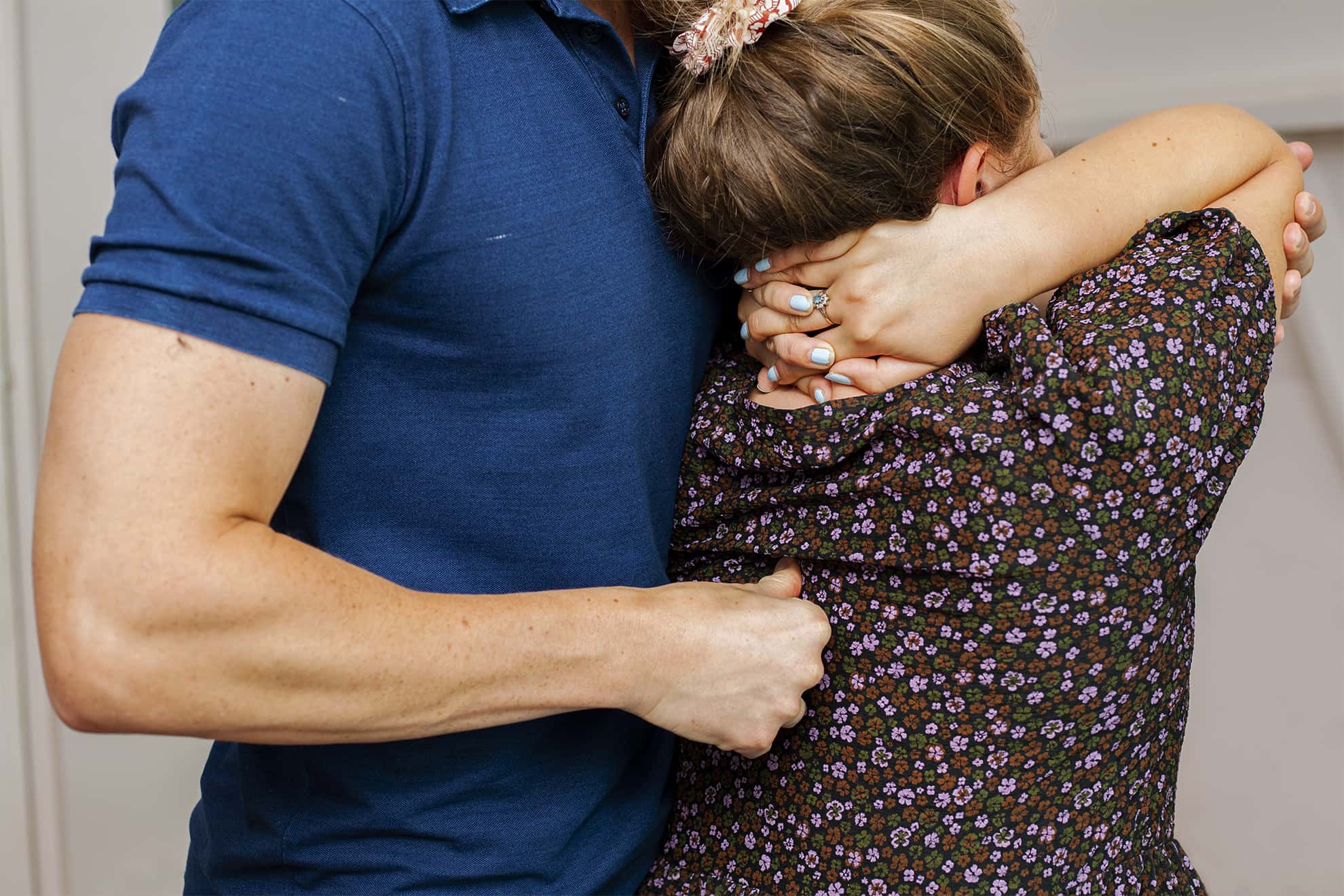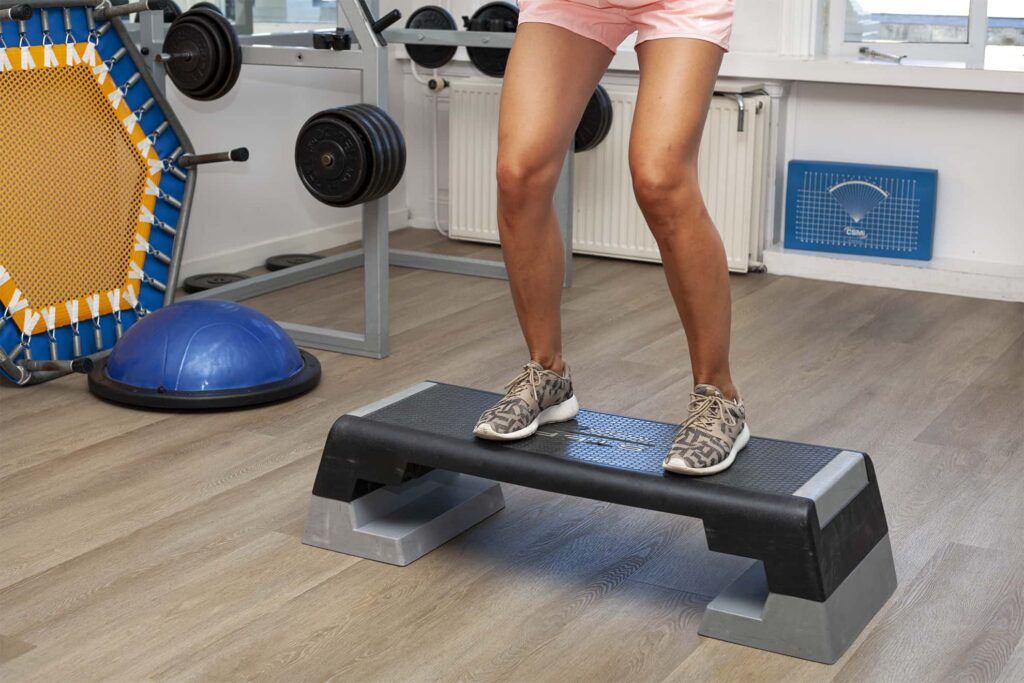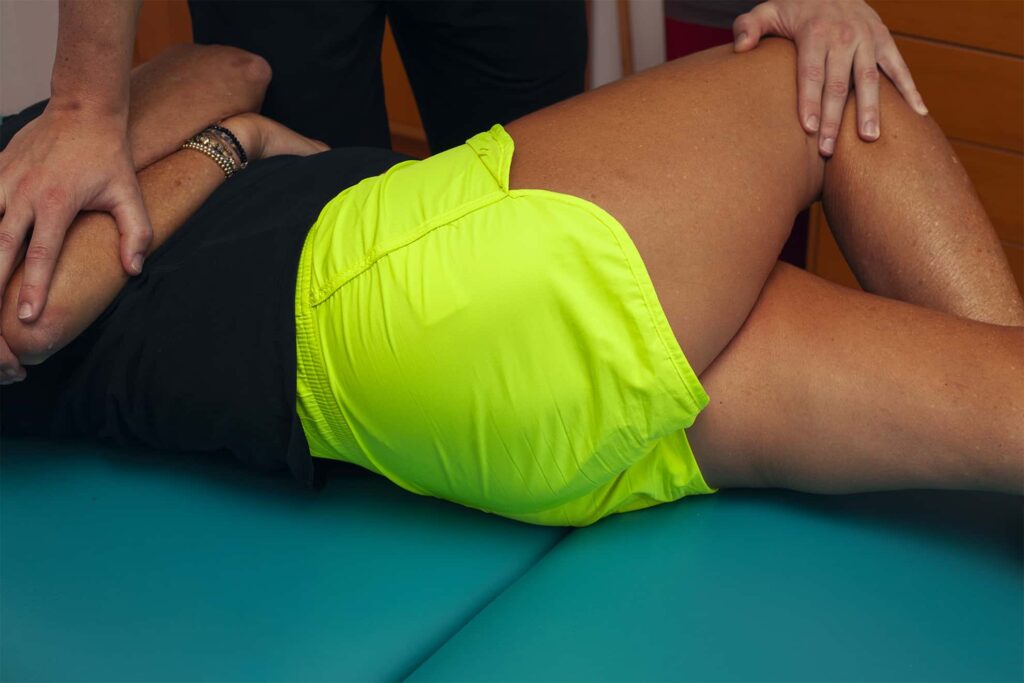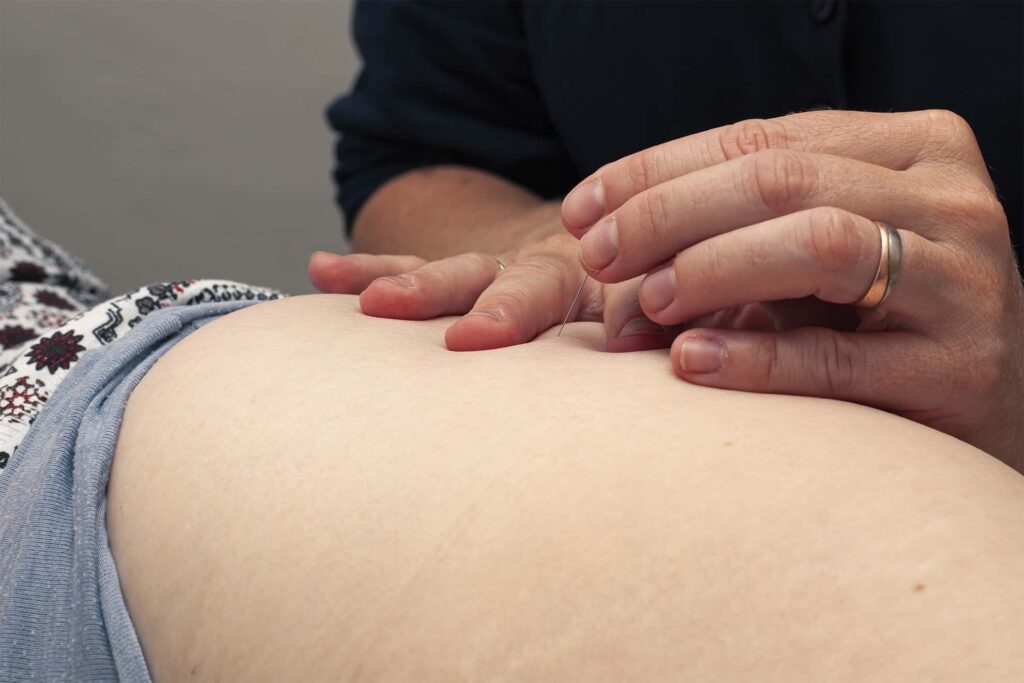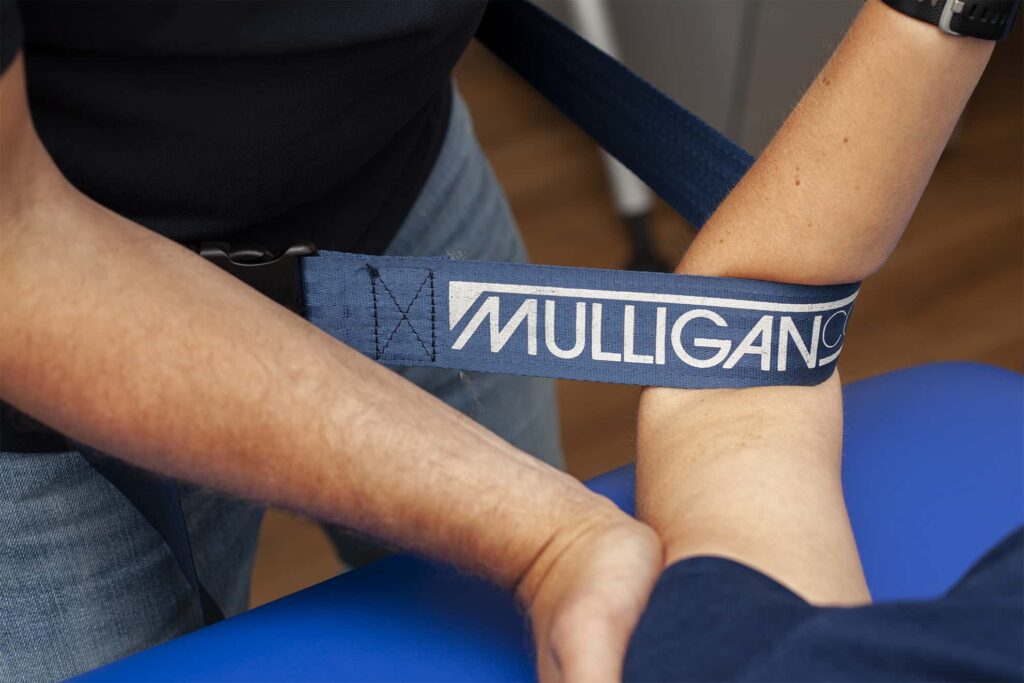This site uses cookies so that we can offer you the best possible user experience. Cookie information is stored in your browser and performs functions such as recognizing when you return to our site and helping our team understand which areas of the site you find most interesting and useful.
Back problems
Back complaints can start insidiously or acutely and are sometimes accompanied by pain in the buttock and/or leg. The symptoms often disappear on their own within a few weeks. If this is not the case, make an appointment to have your back complaint(s) assessed.
During the intake, the fysiotherapist together with you to the possible cause of the complaints. A recovery plan is then drawn up.
The treatment of back problems consists of manual therapy, Mulligan concept and/or dry needling, in combination with exercise therapy.
Everything about back pain
There is usually no damage present in non-specific low back complaints, but there is back pain: the back is, as it were, 'out of shape.' Sometimes the diagnosis of lumbago, lumbago or sciatica is made. This form of back pain can be accompanied by radiation in the buttock / leg, without this being immediately the result of nerve compression.
If you do not experience any improvement in your complaint within the first few weeks or if it continues to recur, an assessment by one of our (manual) therapists is desirable. Accompanied by one of our fysiotherapists you are actively working on your recovery and you learn how to get and keep your back under control.
A hernia has to do with pressure from an intervertebral disc on a nerve root. There is often back pain and radiating pain in the buttock and leg, which can be accompanied by tingling and loss of feeling or strength. The medical term for a spinal disc herniation is lumbar radicular syndrome. A herniated disc in the low back is relatively uncommon. In most cases, you will recover on your own within the first three months without the need for surgery. If there is insufficient recovery after three to four months, this may be a reason to consult with the general practitioner about a referral to a neurologist.
To promote the recovery process, it is wise to make an appointment with a manual therapist or fysiotherapist. Thanks to our experience in orthopedic rehabilitation, we can help you with a quick and complete recovery. You can make an appointment here to have your back assessed and a plan of action drawn up.
We treat back complaints according to the care plan that we have co-developed. If you have any questions about the care plan, please contact your treating physician fysiotherapist.
Specific Back complaints
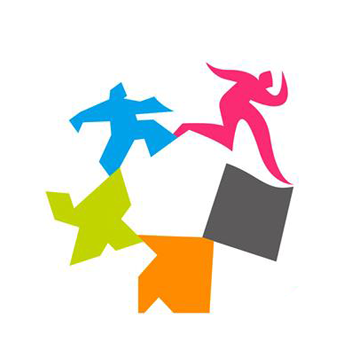
Other complaints?
If your complaint is not listed on our site, please contact us. Based on a conversation and physical examination, assess what may be the matter. Then we can draw up a plan of action with you.
Our approach
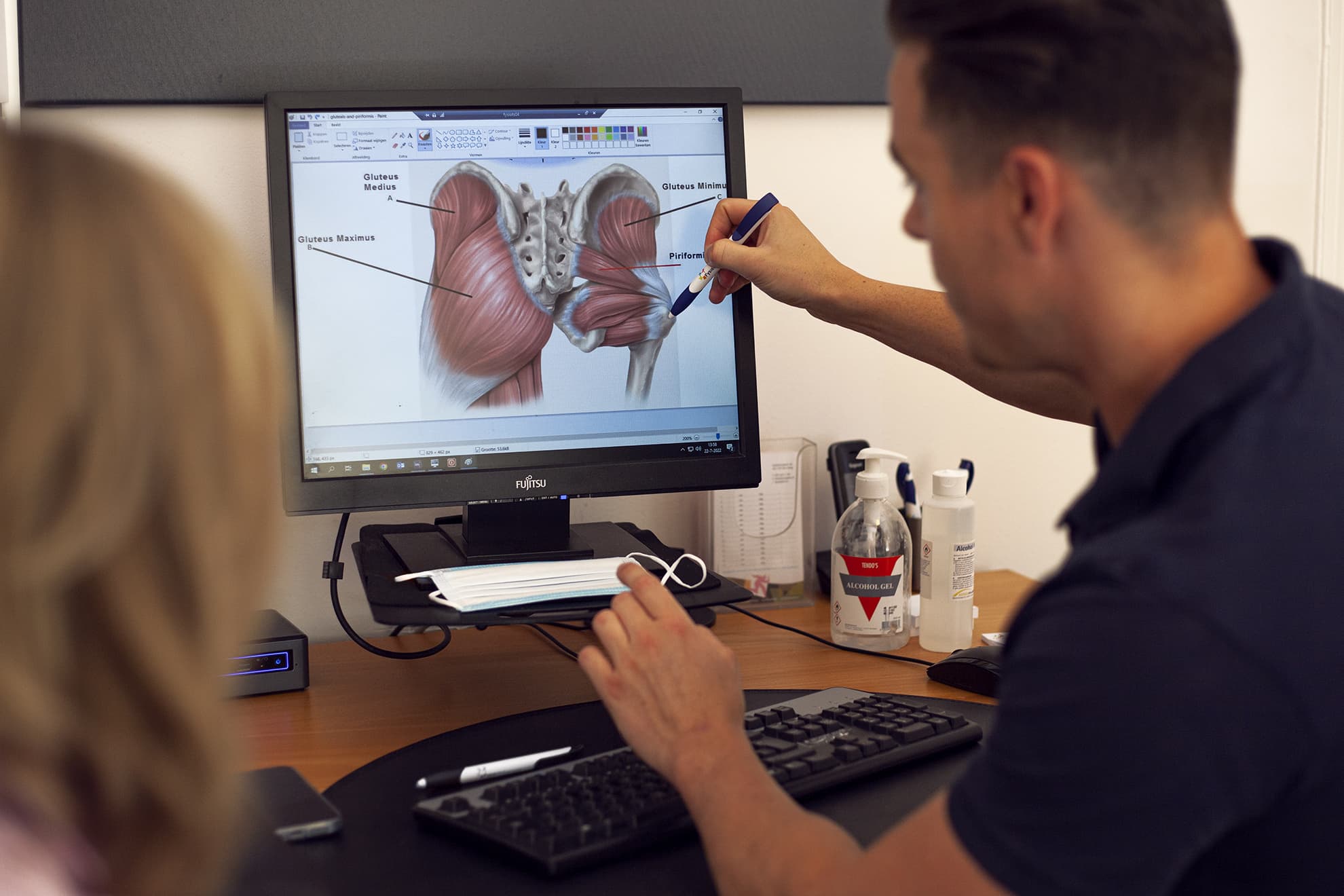
Intake
During the intake, your back problem will be mapped out on the basis of an interview and a physical examination.
Treatment plan
After the intake, a treatment plan will be discussed. It tells you which treatment is best for you. Then a plan is made.
Therapy
If you have back problems, you will be treated according to one of our care plans. This care plan has been specially developed for back problems and shows good results.
Measuring moments
Tests are taken at fixed times and questionnaires are completed to monitor your rehabilitation. The outcome is evaluated and the treatment plan adjusted if necessary.
